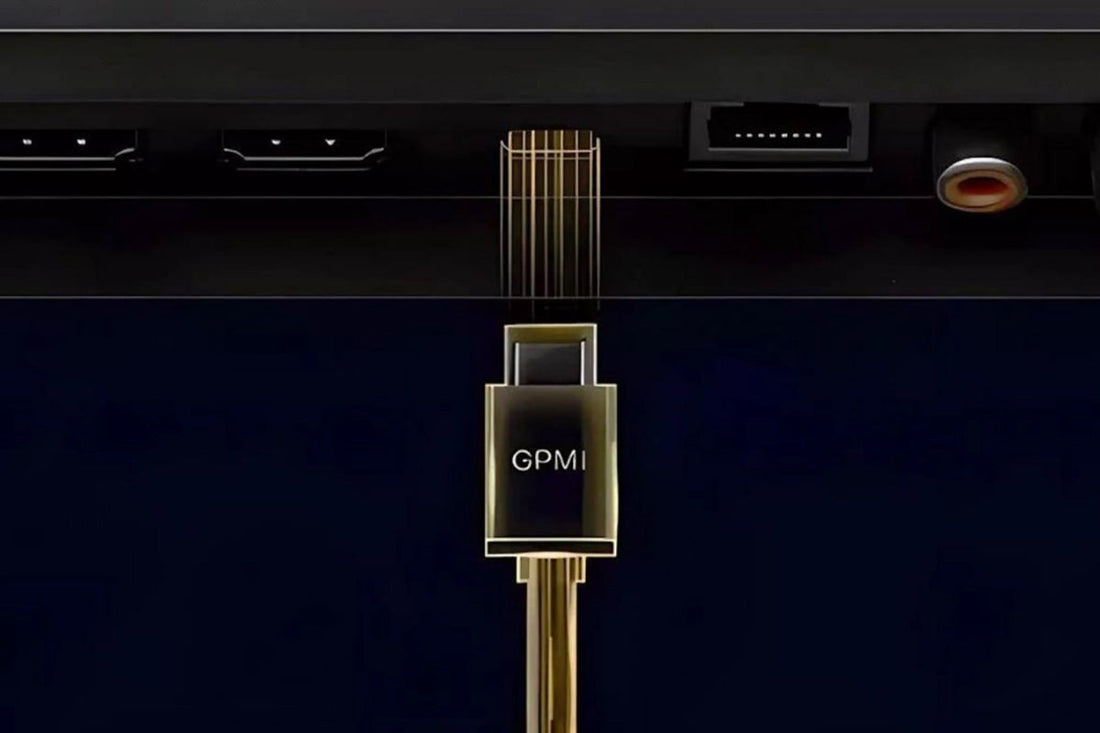
GPMI : A Unified Solution for Modern Media Systems
Share
What’s GPMI (General Purpose Media Interface) and What Are Its Benefits?
In today’s multimedia-driven world, seamless integration and communication between different digital systems are more important than ever. Whether you’re streaming video, processing audio, or developing embedded systems, the need for a flexible, reliable media interface is critical. That’s where GPMI, or General Purpose Media Interface, comes into play.
But what exactly is GPMI, and why should engineers, developers, and multimedia professionals care about it?
What is GPMI (General Purpose Media Interface)?
GPMI stands for General Purpose Media Interface. It’s a flexible hardware interface designed to support communication between media devices and processors in embedded systems. GPMI is often used in systems where high-speed data transfer between flash memory (like NAND) and a processor is needed.
Originally introduced by companies like Freescale (now part of NXP Semiconductors), GPMI provides a standardized method of handling data from various media sources—particularly in systems that require efficient multimedia data processing.
In short, GPMI acts as a bridge, enabling communication between media storage (like flash memory) and system processors in a fast and efficient way.
Key Benefits of GPMI
Let’s break down the main advantages of using GPMI in embedded and multimedia systems:
1. High-Speed Data Transfer
One of GPMI’s most significant benefits is its ability to handle high-speed data transmission between NAND flash and the CPU. This is crucial in applications where large amounts of data—such as video, audio, or images—need to be processed quickly.
2. Supports Multiple Flash Types
GPMI supports a variety of NAND flash memory types. This flexibility makes it ideal for consumer electronics, automotive systems, and industrial devices where memory requirements may differ.
3. Reduced Processor Overhead
By offloading some of the tasks related to media communication, GPMI helps reduce the workload on the main processor. This results in better system performance and more efficient power usage—especially important in portable or battery-powered devices.
4. Scalability and Flexibility
GPMI is designed to be adaptable. Whether you're working with a basic embedded controller or a sophisticated multimedia SoC (System on Chip), GPMI can scale to meet the data throughput and interface requirements of your design.
5. Reliable Error Handling
Many GPMI implementations support features like ECC (Error Correction Code), which helps ensure data integrity—critical for systems that rely heavily on data accuracy, such as automotive safety systems or industrial control applications.
How GPMI Works
At its core, GPMI uses a modular protocol stack that can dynamically allocate bandwidth based on use case. Streaming 4K video while also sending multi-channel audio and control data? No problem — GPMI negotiates the optimal path automatically.
It typically runs over high-speed physical layers like optical fiber, coaxial, or shielded twisted pair, and it’s designed to be interface-agnostic, meaning it can evolve with physical media without rewriting the protocol layer.
Where GPMI Is Used (or Could Be)
1. Consumer Electronics
• Smart TVs, consoles, and soundbars
• Replaces HDMI, audio, and control cables with a single port
2. Computing
• Laptops, monitors, and docks
• One interface for display, audio, peripherals — like USB-C, but broader
3. Pro AV & Broadcast
• Video walls, conference systems, live production
• High-speed AV + control through fewer cables
4. Automotive
• Infotainment and driver-assist systems
• Unified media/data pipeline across the vehicle
5. Medical Tech
• Imaging systems and OR AV solutions
• Clean, interference-free media + control signal delivery
6. Industrial Systems
• Robotics and factory automation
• Real-time control, data, and monitoring over one interface
Conclusion :
As devices become more connected and media-rich, interfaces like GPMI play a crucial role behind the scenes. They make it possible to move, store, and process massive amounts of data quickly and reliably—without overwhelming the system processor.
If you're designing or working with embedded systems, understanding and leveraging the benefits of GPMI (General Purpose Media Interface) could be key to building faster, more efficient, and more reliable products.
